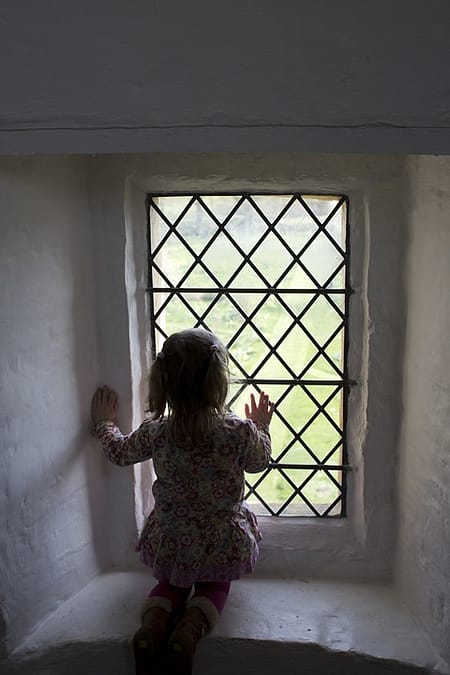“The field of public health recognizes education is a social determinant of health” says Shanta Dube, Ph.D., Associate Professor at Georgia State University and CDVA Georgia Chapter Board member.
Health studies have shown that U.S. adults who faced Adverse Childhood Experiences (ACEs) are likely to report less education, as ACEs cause negative social and behavioral outcomes. And reversely, education is among the most important factors to help mitigate the negative impact of childhood adversity on a life. Promoting education among children, teens, and young adults – particularly those who face major adversities – will therefore help set them up for a higher likelihood of success and good health in later life. “Prevention is better than a cure” is not just a cliché but a good paradigm for ensuring one’s well-being across the lifespan.
Promoting a positive learning environment in classrooms for children, teens, and young adults has been shown to be vital to fostering positive health outcomes among those who face major ACEs such as Childhood Domestic Violence (CDV), abuse, neglect or other forms of toxic stress. Research has shown that children with ACEs struggle more with learning and participating at school, with language development, communication, attendance, and excelling academically. They have a higher likelihood of dropping out early or choosing not to pursue a higher education. But it doesn’t end there. College students who faced ACEs may experience more difficulties when pursuing post-secondary education. And research also showed that adversity faced in childhood contributes to traits such as excessive absenteeism and overall performance deficiencies in adults, and that those with less education are more likely to experience divorce, substance abuse, physical abuse, or the incarceration of a loved one.
One concrete measurable is a powerful example that depicts the education-health connection for ACE-impacted individuals powerfully. A leading cause of preventable disease and death in the U.S is smoking. Research shows that the lower the educational level of an individual, the higher their likelihood of smoking.
Dr. Dube emphasizes that ensuring ACE-impacted children enter a positive, safe learning environment, keeping them in the classroom, and cultivating their academic growth is one of the best ways to contribute to ensuring they live healthier lives as adults. To facilitate an effective long-term solution, according to Dr. Dube, we must take a “multigenerational approach,” focusing not only on the children today, but also on how ACEs impact them well into adulthood.
Dr. Dube concludes that since ACEs can negatively impact educational success, all who interact with children in an academic environment – particularly educators and academic administrators – must first recognize and understand this, then be much more proactive in creating strategies that support and nurture positive learning environments for children, teens, and young adults – particularly those impacted by major adversity. In addition, education and public health communities must work together much more closely and utilize principles and strategies of trauma-informed care. The U.S Department of Education seems to be on board, as efforts are actively underway to widely boost language and literacy, high school completion and college enrollment. Certainly one major step in the right direction.
To learn more, read the full article “How Childhood Experiences Contribute to the Education-Health Link” by Shanta R. Dube, Ph.D. Associate Professor at the School of Public Health, Georgia State University, on The Conversation via this link: https://theconversation.com/how-childhood-experiences-contribute-to-the-education-health-link-89069

